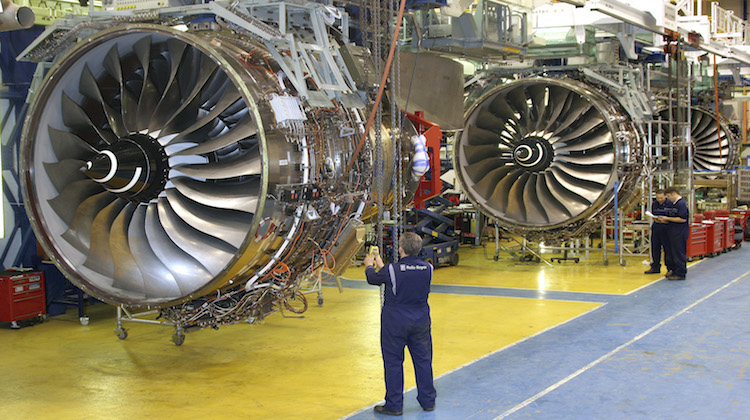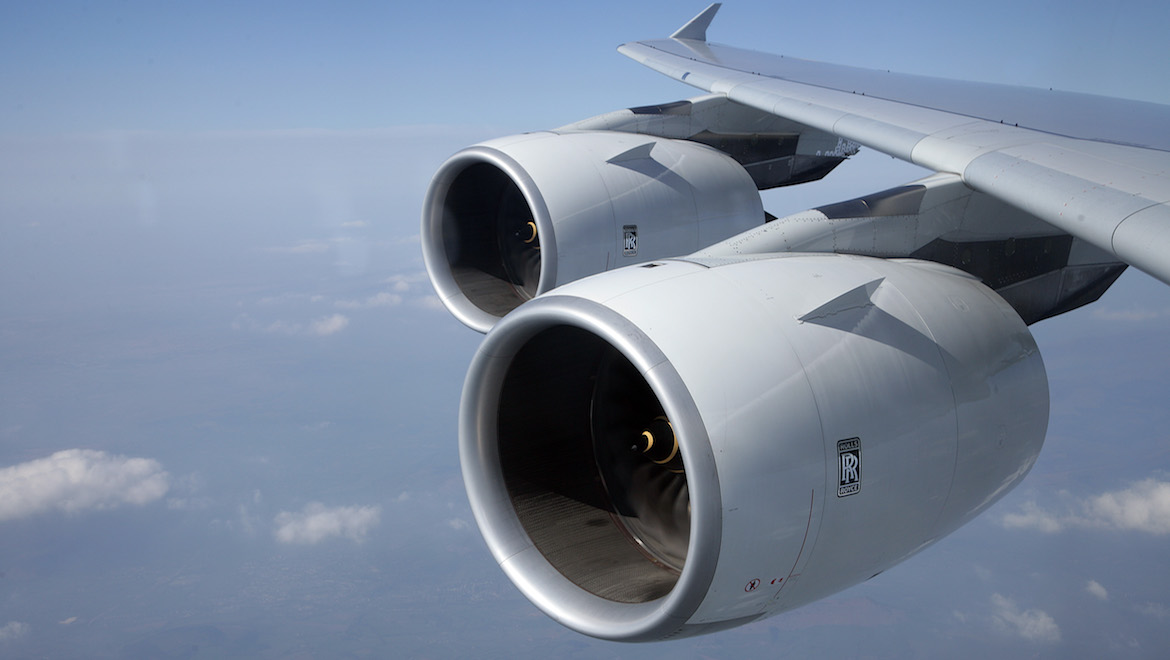
Engine maker Rolls-Royce has reported a lift in operating profit amid improvement in its civil aerospace business.
The company said underlying group operating profit for the six months to June 30 2019 was £203 million, up 32 per cent from £141 million in the prior corresponding period.
Underlying group revenue rose seven per cent to £7.35 billion, Rolls-Royce said on Tuesday (UK time).
Rolls-Royce chief executive Warren East said the company was on track to meet its full year guidance for an underlying core operating profit and core free cashflow of £700 million, plus or minus £100 million.
“We expect a significant improvement in cash in the second half as we unwind inventory built up to support customer deliveries and benefit from improved trading in both Power Systems and Civil Aerospace,” East said.
“Defence grew both revenue and profit and enjoyed substantial order intake.
“In Power Systems we also saw good revenue growth and order intake and entered the second half underpinned by a healthy backlog.”
Rolls-Royce financial results noted its £433 million inventory included a £100 million contingency for a no-deal Brexit. There were presently 50 engines in its inventory compared to the usual number of around 15.
East said the £100 million contingency would help mitigate any supply chain disruptions that might be caused if the United Kingdom left the European Union without a deal with Brussels.
Trent 1000 improving
East also noted the steadily improving health of the Trent 1000 fleet that has caused headaches for the company after 787 aircraft using the Package C engines in this line were grounded for repairs because of blade corrosion and cracking problems.
Earlier in 2019, premature high-pressure turbine blade deterioration was also found in the Trent 1000 TEN engines.
Air New Zealand’s five 787-9 aircraft with the Trent 1000 Package C engines were knocked out of service by the blade issues, then eight with replacement 1000 TEN engines required inspections sooner than expected this year.
“We have made good progress on resolving the Trent 1000 compressor issue, though regretfully, customer disruption remains,” East said.
The company would spend £100m across the next three years fixing the problems, bringing the total outlay dealing with the issue to £1.6 billion.

Rolls-Royce also reported exceptional charges of £59 million for the Trent 900 as a result of Airbus’s decision to close A380 production line in 2021, taking total exceptional costs to £245 million, including restructuring costs of £69 million. There have been 220 engine cancellations relating to the A380 plant closure, including 84 from Emirates, Rolls-Royce said.

Deliveries
Rolls-Royce delivered 257 large civil aerospace engines in the first half, compared with 259 in the prior corresponding period, as well as shipping a further 14 engines to airframer original equipment manufacturers.
“We remain on track to deliver over 500 large engines for the full year,” East said.
“We expect both Airbus and Boeing wide-body production rates to remain stable in the short to medium term.
“We anticipate a growing number of A330ceo transitions over the coming years and based on our proven experience and market confidence in the Trent 700 powered A330ceo, we are working with operators and leasing companies to manage this.
“Our wide-body order backlog remains significant at 2,136 engines and we continue to expect good growth in our in-service fleet over the short and medium term.”
Rolls-Royce said it had 320 new wide-body engine firm and announced orders in the first half including 62 Trent 1000s and 112 Trent XWBs.
East said the company was also accelerating its electrification ambitions through the recent acquisition of Siemens’ eAircraft business “in our drive to create cleaner, more sustainable and scalable power for the future.”















